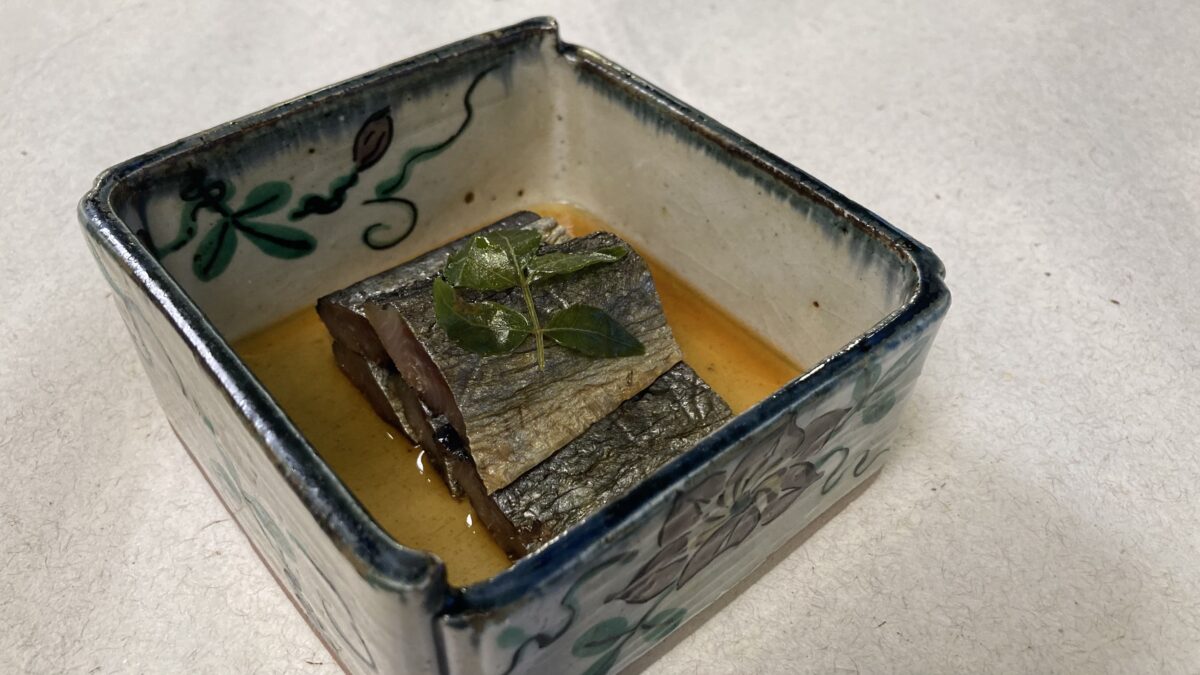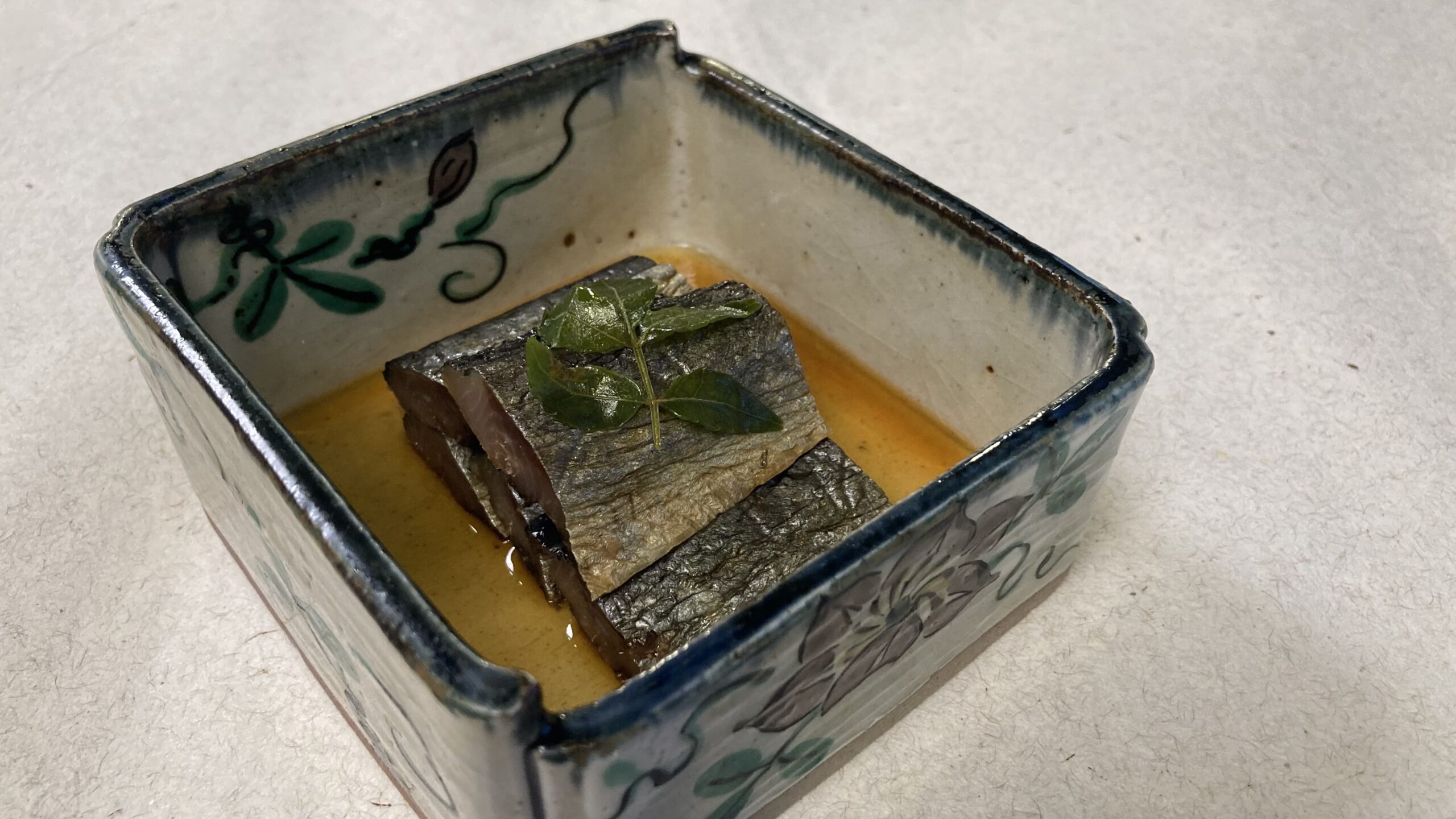
Discover Nishin no Sanshozuke, a unique and flavorful dish from Fukushima Prefecture in Japan. This traditional preparation features dried herring marinated with fragrant Japanese pepper leaves, creating a taste that perfectly balances savory and refreshing notes. It’s a testament to the ingenuity of preserving food in a region with long winters.
Dish Name: Nishin no Sanshozuke
- Region / Location: Fukushima Prefecture
- Primary Area of Tradition: Aizu Region
- Main Ingredients: Dried herring (migaki nishin), Japanese pepper leaves (sansho no ha)
How It’s Eaten / Served
The herring, prepared with layers of sansho leaves and marinated in a mixture of vinegar, sake, and soy sauce, is often served from a special rectangular dish called “nishin-bachi.”
Cultural Background and Preservation
Born out of the need to preserve protein-rich herring transported from Hokkaido during the Edo period, Nishin no Sanshozuke became a cherished part of Aizu’s culinary heritage, especially enjoyed in spring and early summer when fresh sansho leaves are available. Even today, the tradition continues with “nishin-bachi” still being sold, ensuring its flavors and cultural significance are passed down through generations.
Additional information:
- Migaki Nishin: Dried herring. This was a common way to transport and preserve herring before widespread refrigeration.
- Sansho no Ha: Leaves of the Japanese pepper tree (Zanthoxylum piperitum). They have a unique citrusy aroma and a slight tingling, numbing sensation.
- Nishin-bachi: A special rectangular serving dish, often made in the Aizu Hongo ware style, specifically for Nishin no Sanshozuke.
- Hon-kan & Han-kan: Two types of dried herring. “Hon-kan” is fully dried and considered to have a more concentrated flavor and better preservation qualities, while “han-kan” is semi-dried and softer.
- Rice washing water: The cloudy water left after rinsing rice. It is sometimes used to soak dried herring to help remove any fishy smell.
The information about regional cuisine featured on this website (Piggy's Grandma of Japan) is summarized and adapted from the Ministry of Agriculture, Forestry and Fisheries of Japan (MAFF) website, "Our Regional Cuisines"Additional commentary is provided based on the unique experiences and perspectives of the site's editors.
The copyright for the original content regarding regional cuisine belongs to the Ministry of Agriculture, Forestry and Fisheries of Japan.
The summaries and adaptations published on this site are intended for informational purposes only. Piggy's Grandma of Japan does not guarantee the accuracy or completeness of this information. For the most accurate and complete details, please refer to the original pages on the MAFF website.


